Smartphones for kids were a Faustian bargain
It would be difficult to pinpoint the moment the smartphone took control of my life. Like Japanese knotweed, it grew surreptitiously in my mental garden, gradually throttling other forms of attention until it had insinuated itself into almost every activity.
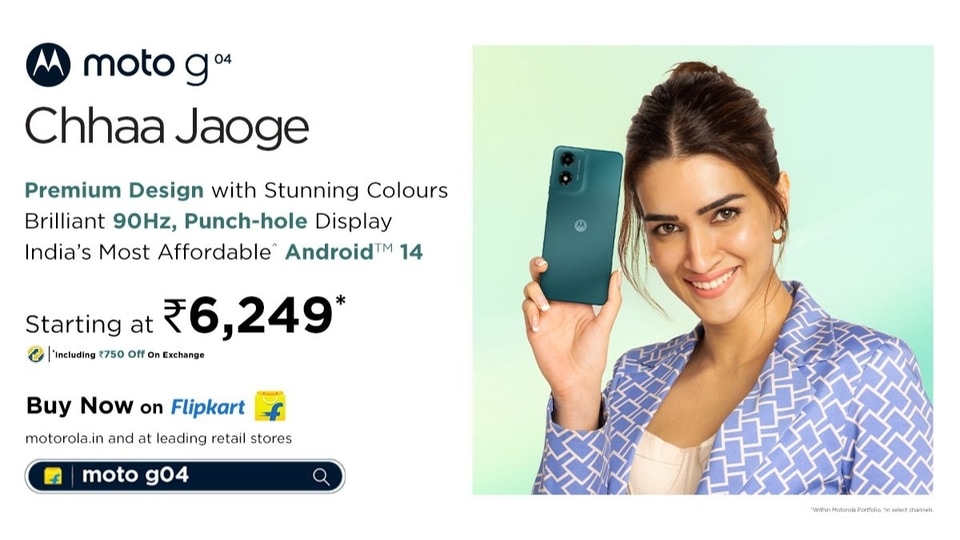
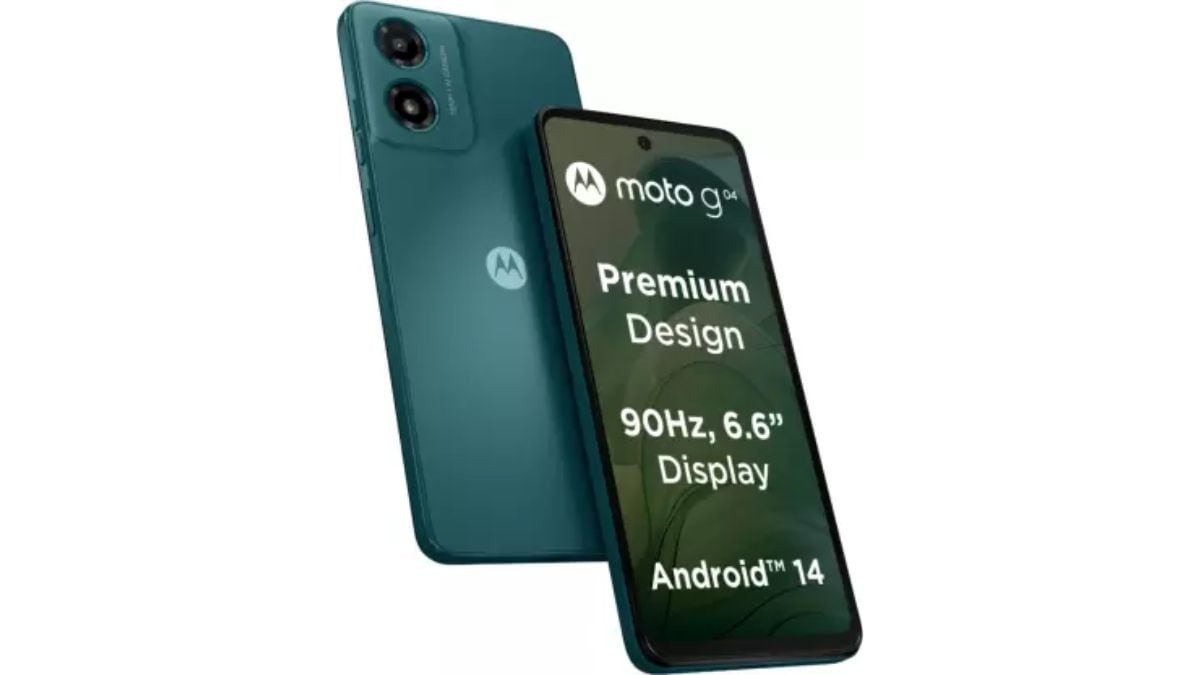
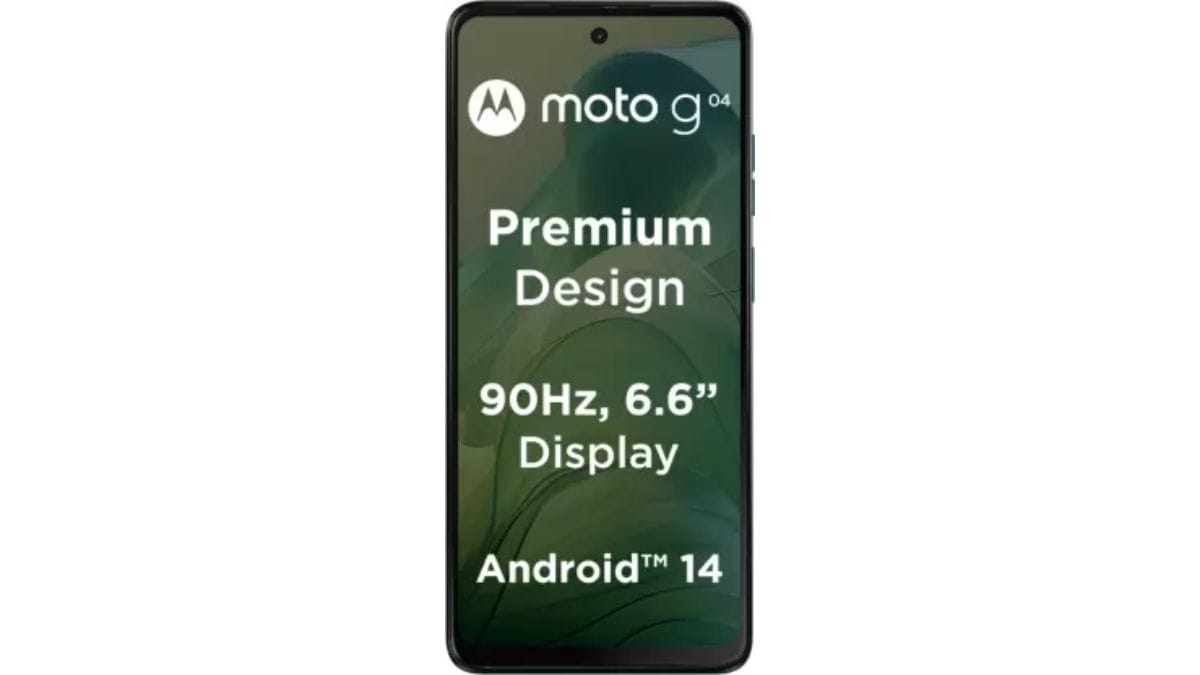
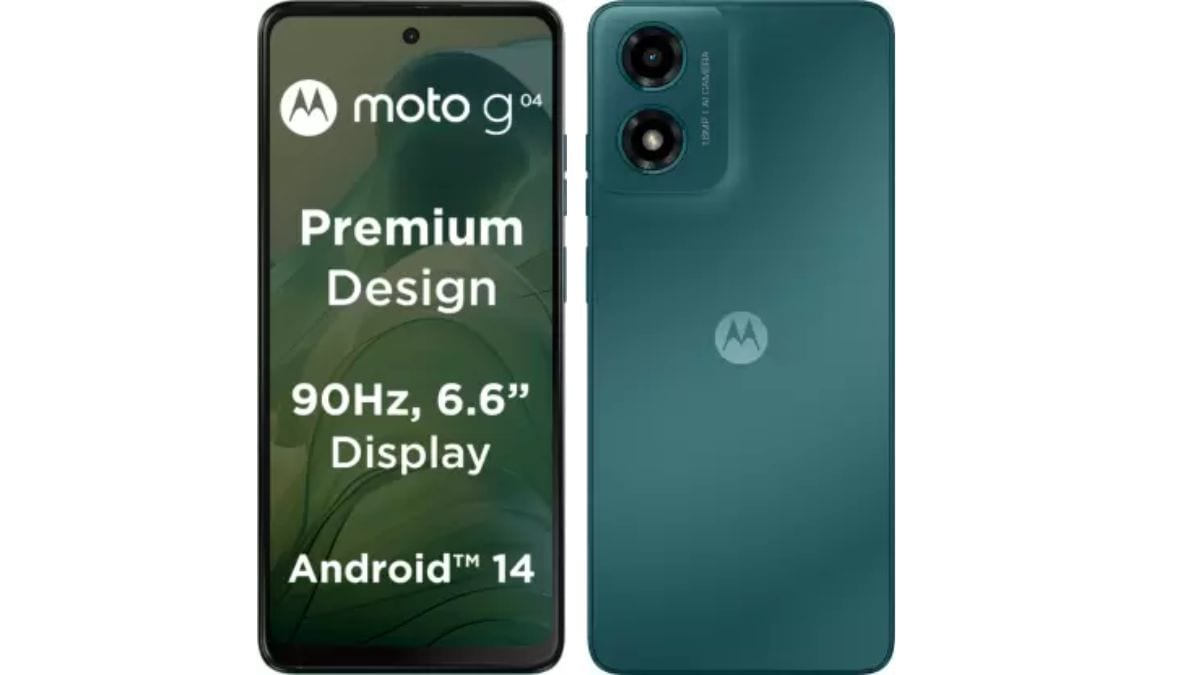

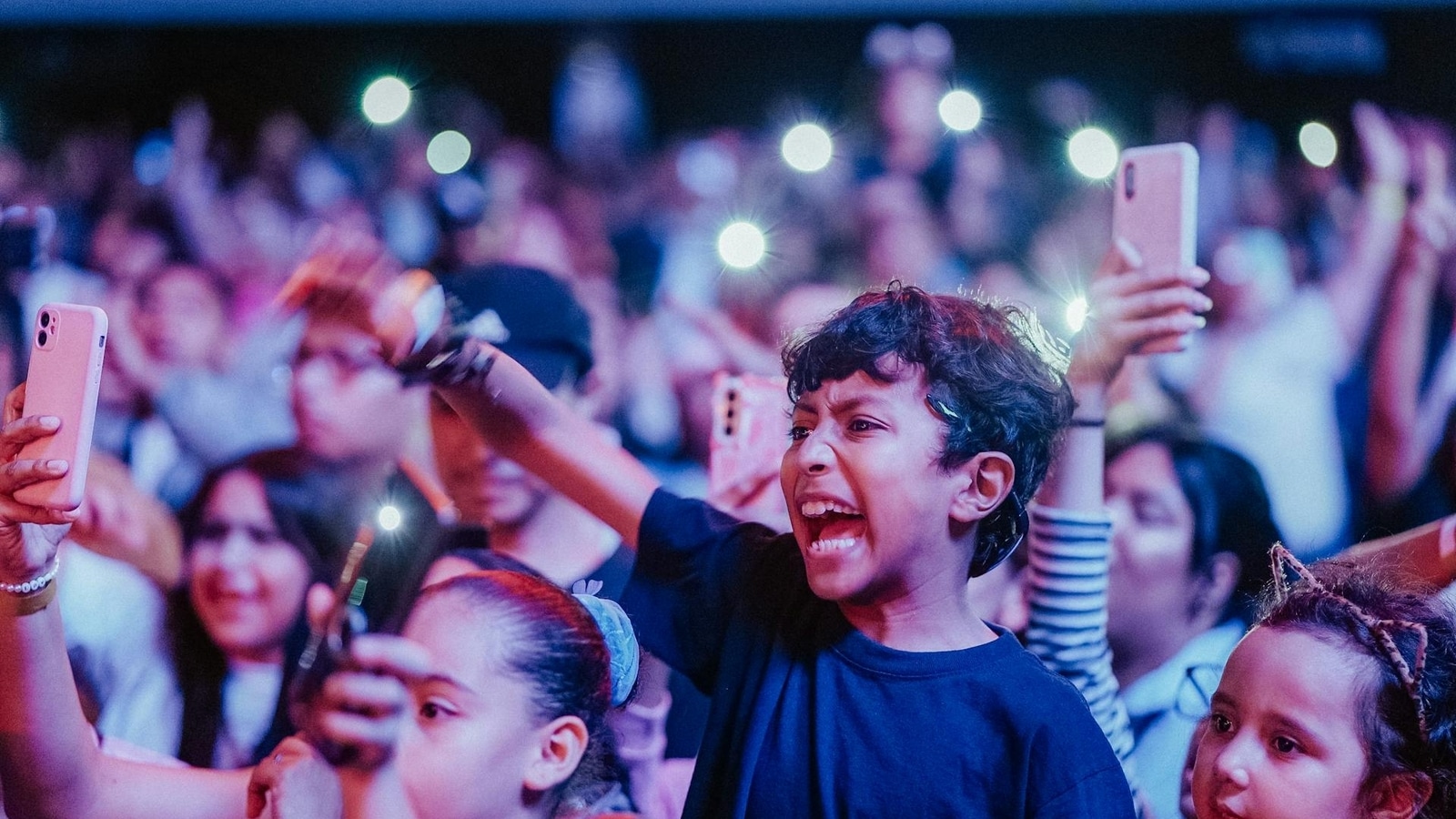
 View all Images
View all ImagesIt would be difficult to pinpoint the moment the smartphone took control of my life. Like Japanese knotweed, it grew surreptitiously in my mental garden, gradually throttling other forms of attention until it had insinuated itself into almost every activity. I check my screen time rarely, but I remember a sense of vague discomfort a few years ago on seeing that it had passed a daily average of six hours. Recently, it stood at more than 11.
Two decades ago, it seemed unimaginable that we might carry with us a handheld device that could be simultaneously: a phone; TV; radio; music player; shop; newspaper; book; map; wallet; bank; game console; admission ticket; calculator and translator. Among many other things, too numerous to list. I have used my phone as a tape measure, to identify plants and to prove my identity to the government. It was inevitable that access to such power and convenience would exact a price. Increasingly, it appears the most unanticipated and unacceptable has been our children's mental health.
It took the murder of a high school student in northwest England for me to admit to myself that I have a problem. The case, which saw the teenage killers of transgender 16-year-old Brianna Ghey jailed this month, has acted as the trigger for a national debate over children's use of technology. The victim's addiction to social media made her a vulnerable target, while one of the fellow students who stabbed her testified to having viewed torture and murder videos on the dark web via mobile phone. Ghey's mother is campaigning for under-16s to be barred from accessing social media apps. The UK government, responding to public pressure, issued new guidelines this week on preventing mobile-phone use in schools.
This rare and grisly event has helped draw attention to the far more commonplace and pervasive damage that smartphones, and particularly social media apps, do to the psychological and emotional well-being of young people. There is a burgeoning academic literature, and it is horrifying. Study after study has laid out evidence of an international epidemic of mental illness. Rates of anxiety, depression, attention deficit and hyperactivity disorder, anorexia and other conditions have soared since 2012, which happens to be just around the time when smartphones became ubiquitous. Girls are particularly at risk.
Correlation isn't causation. But there is no other explanation that fits the data. The global nature of the decline in mental health stands as strong confirming evidence. American students might have other reasons for anxiety — school shootings, say — but that wouldn't explain why the same trend might be observed in New Zealand or Brazil. Moreover, the younger a child gets a smartphone, the bigger the subsequent impact. Among women who acquired their first smartphone at age six, 74% had mental well-being scores that classed them as “distressed” or “struggling,” a global study of 27,969 people aged 18 to 24 by Washington-based nonprofit Sapien Labs reported last year. That fell to 46% for those who received their first device at 18. (The corresponding score for men was 42% at age six versus 36% at 18.)
Immersing myself in these findings has caused me to question my own habits. What kind of example am I setting? My five-year-old already shows an inordinate interest in my phone. Given the opportunity, he will snatch it and squirrel himself away in a cubby hole on the top floor of our house, where he watches YouTube videos about megalodons (having started with fish and then graduated to sharks). These still exist and live in the deepest parts of the ocean, he tells me, in the endearing way that five-year-olds have of explaining the world to adults. This illicit enthusiasm once seemed cute, if certainly to be discouraged; now it feels much more ominous.
Intuitively, it is easy to understand why smartphones have such a deleterious effect on young minds. Social behavior is complex, as the Sapien Labs study observes, and requires reading nuances in facial expression, body language, tone of voice, touch and even smell. All this must be learned and, as in team sports, demands repeated field practice to develop mastery. Children who spend a large part of their formative years in a virtual world are missing out on face-to-face interactions that help to build strong social bonds and resilience.
This applies even more to social media, which replicates real-world interactions though removes the filters that modulate behavior in real-world interactions. Thoughtlessness or outright cruelty is easier when the recipient's reactions aren't immediately present to be seen and felt. Girls are more susceptible to social media and the compare-and-despair syndrome of apps such as Meta Platforms Inc.'s Instagram; this helps to explain why they suffer disproportionate mental-health impacts. Boys tend to be drawn more to gaming.
Social media is also addictive by design, dealing out the dopamine hits of likes and engagement in a way that, it seems to me, mimics the behavior of slot machines that hand out small-value wins frequently enough to keep customers playing. Adults can also be prone to addiction, but we at least have the benefit of developed prefrontal cortexes that are able to inhibit destructive impulses.
The youngest of the first generation of children to be given smartphones are just coming of age. It has amounted to a giant uncontrolled experiment, and the evidence is accumulating that a high price has been paid. Like Faust, we accepted a gift of great knowledge and ease without fully appreciating the consequences, which haven't be borne primarily by ourselves. There is still time to change course, though. For myself, this will mean putting my phone away when I am home, far less aimless scrolling on social media (Elon Musk's X, formerly Twitter, has gone in the bin) and generally following the advice of Jean Twenge, one of the pioneering researchers in the field:
“Here's the good news: You don't have to give up your phone. Use your phone for all the great things that it can do — for an hour or two a day. And then go and live your life. Go for a run or a swim, watch a sunset, get some sleep. Go see a friend, not on Snapchat, but in person. Watch the expression on your friend's face, hear the tone in your friend's voice, give your friend a hug. In short, let your phone be a tool you use, not a tool that uses you.”
Catch all the Latest Tech News, Mobile News, Laptop News, Gaming news, Wearables News , How To News, also keep up with us on Whatsapp channel,Twitter, Facebook, Google News, and Instagram. For our latest videos, subscribe to our YouTube channel.























